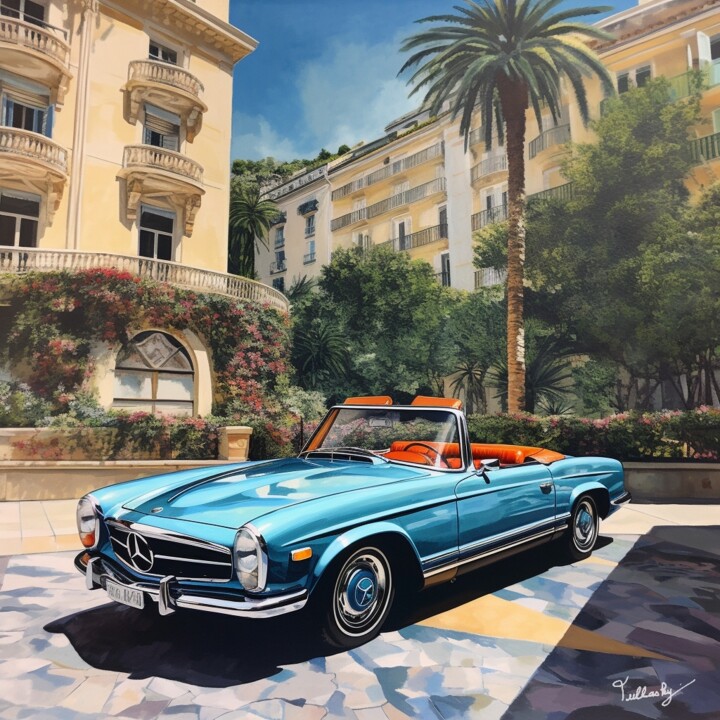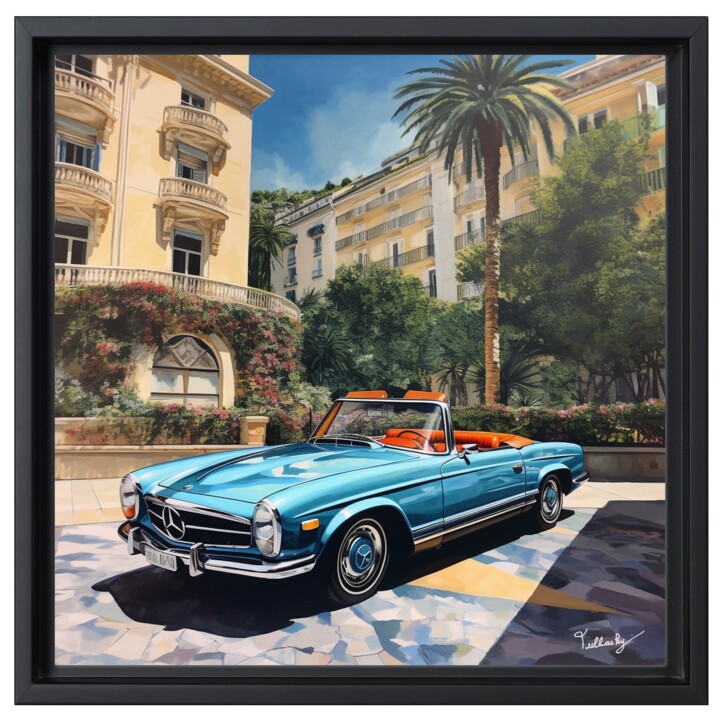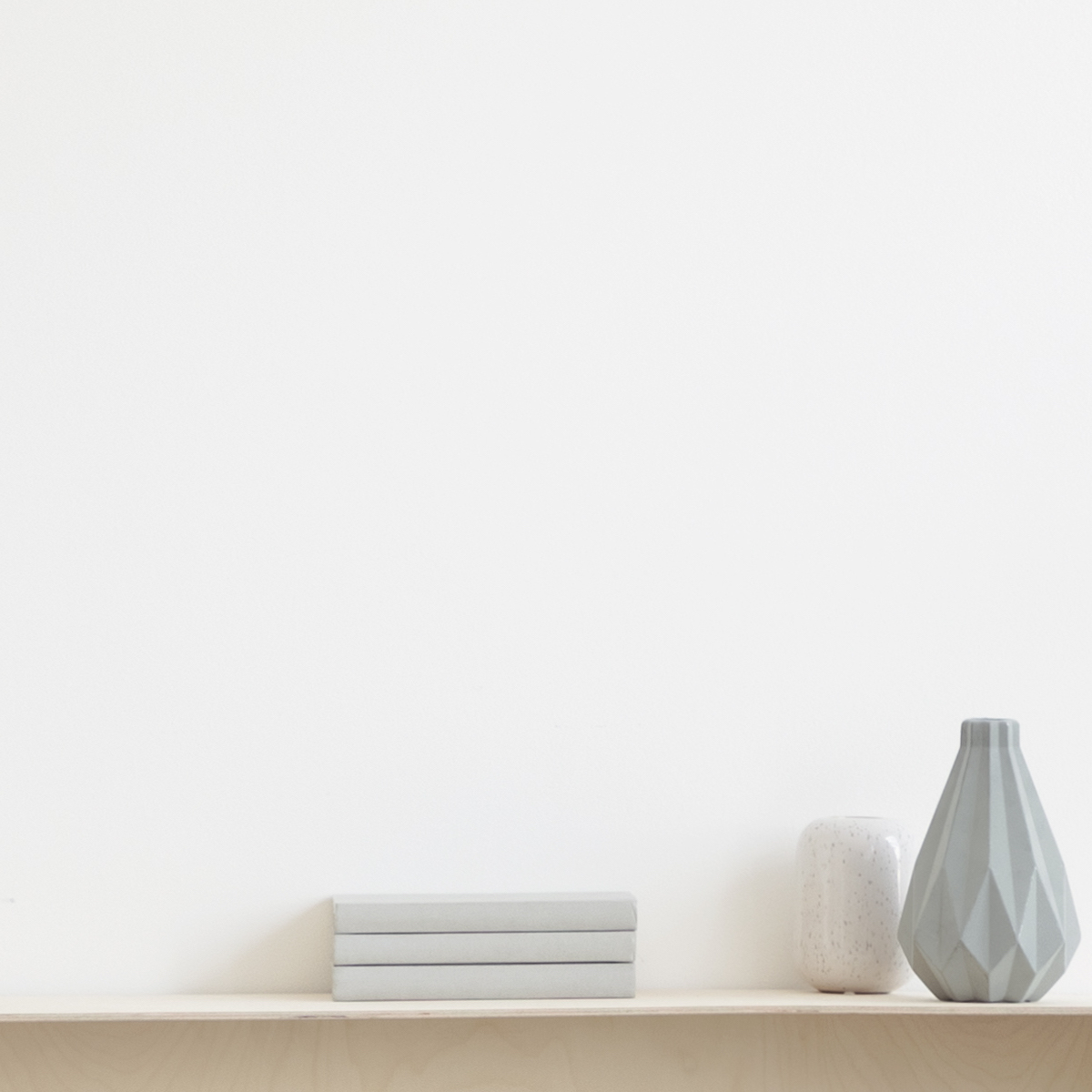



AM2023-56 MERCEDES SL230 PAGODE (2023) 绘画 由 Olivier De Tullasky
“艺术”在纸上打印
这是使用非常高质量的颜料墨水在美术纸上打印并以很高的清晰度打印的过程。它的保存水平非常出色(超过100年),其质量,深度和细微差别超过了在Argentic纸上的经典照片打印。

光面漆
纤维纸除了具有非凡的厚度外,还由不含酸的α-纤维素基底组成,并覆盖有硫酸钡和在印刷过程中具有微孔层吸收作用的颜料。这款纸色为纯白色,不泛黄,特别设计用于抵抗老化。它具有出色的分辨率,呈现深沉的色彩,因此已被世界各大博物馆所采用。
Art Print“美术”-在325 g纤维原纸上的光泽处理。

我们的高端印刷品和复制品
ArtMajeur仅使用从知名造纸商中精选的具有中性pH,耐性和高质量的天然纸!
无论是在色彩控制还是在图形链方面,我们的主打印机一直都在关注。我们对质量的高要求是ArtMajeur裱框艺术品的主要资产。
关于艺术家! 您可以帮助艺术家活出自己的生活。 每当您购买印刷品时,他们都会获得使用费。
关于我们的优良打印This is an original and unique work (this is NOT a reproduction) by the French artist Tullasky.
The artist applies a mixed technique based on inks, acrylic, posca, different varnishes, etc.
The work is mounted on a wooden frame
The rendering is perfect!
A certificate of authenticity accompanies the work which is signed and numbered on the back.
Gloss varnish.
Varnished - Sold NOT framed.
The Timeless Elegance of the Mercedes-Benz SL 230 Pagode
When it comes to classic cars, few models can match the enduring allure of the Mercedes-Benz SL 230 Pagode. Also known as the W113, this iconic roadster graced the automotive scene in the 1960s and continues to captivate car enthusiasts and collectors alike. Let's take a closer look at what makes the Mercedes SL 230 Pagode a timeless symbol of elegance and engineering excellence.
A Timeless Design
One of the most striking features of the Mercedes-Benz SL 230 Pagode is its timeless design. Introduced in 1963, the Pagode was a departure from its predecessor, the 300SL Gullwing, but it managed to establish its own identity and cult following. Designed by Paul Bracq and Bela Barenyi, the Pagode featured clean lines, a low-slung body, and distinctive concave hardtop, giving it a look that was both elegant and sporty. Its design was so successful that it remained virtually unchanged throughout its production run until 1971, a testament to its enduring appeal.
Engineered Excellence
Beneath the Pagode's elegant exterior lies a marvel of engineering excellence. The Pagode was available with a range of inline-six engines, including the 2.3-liter version that gave the car its name, the SL 230. With fuel injection technology, it produced a respectable 150 horsepower, providing a spirited driving experience that combined power with refinement. The suspension system, featuring independent rear suspension, offered a smooth and comfortable ride, making it a true grand tourer.
Open-Air Motoring
One of the key highlights of the Mercedes SL 230 Pagode was its convertible top. While many cars of the era featured soft tops, the Pagode's innovative concave hardtop, combined with its ability to be converted into a roadster, set it apart. The removable hardtop could be replaced with a soft top when the sun called for open-air driving. This versatility made it an ideal car for both sunny summer days and inclement weather.
A Symbol of Status
The Pagode quickly became a symbol of status and sophistication. Celebrities and dignitaries alike were drawn to its blend of luxury and performance. Its comfortable interior featured high-quality materials, wood trim, and a host of modern amenities for its time. Whether cruising along the French Riviera or navigating the streets of New York City, the Pagode made a statement wherever it went.
Legacy and Collectibility
Today, the Mercedes-Benz SL 230 Pagode has cemented its status as a highly collectible classic car. Its timeless design, engineering excellence, and association with a bygone era of glamour make it a prized possession for vintage car enthusiasts. Restored Pagodes regularly command high prices at auctions, and they continue to be a symbol of automotive elegance and nostalgia.
相关主题
Olivier de Tullasky vit et travaille à Paris. Il crée une œuvre protéiforme mais toujours colorée, empreinte d'optimisme et de gaîté.
Il y a d'abord les collages. Très liée au "combine painting" initié par l'artiste pop Robert Rauschenberg, cette technique mixte associe le découpage et le collage de milliers de petits morceaux de papiers prélevés dans des revues et magazines, la peinture, ainsi que des dessins aux feutres "Posca". Mêlant références historiques, légendes, art urbain, sa mythologie personnelle convoque des mélanges et compositions variés inspirés de Penfield, des bandes dessinées, des "comics" ou des artistes contemporains. Son œuvre de collages appelle à la déconstruction puis à une reconstruction fine en créant des ensembles qui réconcilient la vie quotidienne et l'art.
Parallèlement, Tullasky compose des peintures (acrylique sur panneaux de bois ou toile) bien souvent combinées à de la matière (farine, plâtre, etc.) qui apporte un relief particulier au support. A noter également ses œuvres « Inside the cell » (acrylique sur toile) de style "pointilliste contemporain" technique qu'il a personnellement développée.
Enfin, il y a ses sculptures disruptives quant aux thèmes et matières choisis : accumulations sur béton, figurines découpées et recomposées, etc.






 感官沉浸在Olivier de Tullasky的宇宙中:一种充满活力的当代美学
感官沉浸在Olivier de Tullasky的宇宙中:一种充满活力的当代美学



